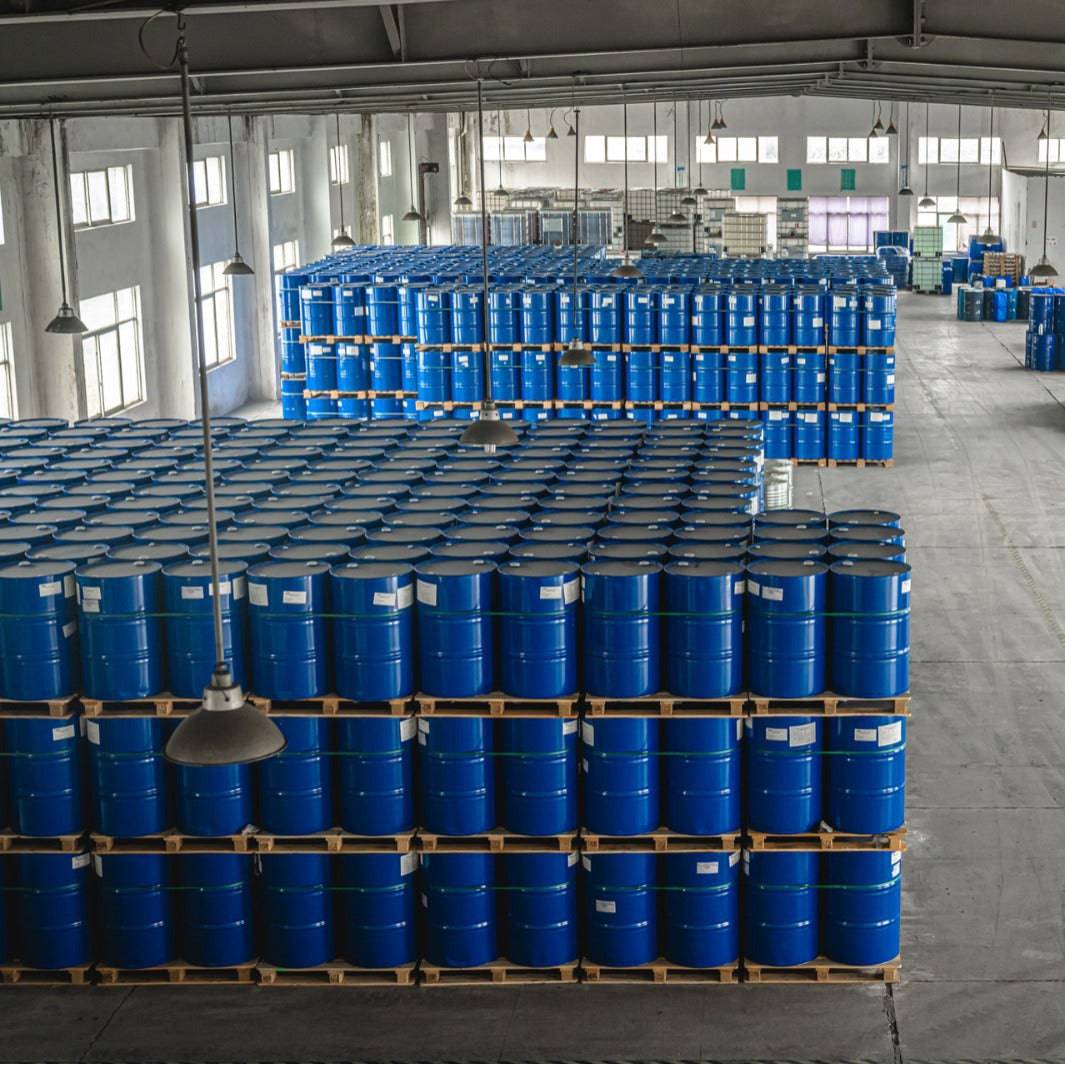Getting My Chemie To Work
Wiki Article
A Biased View of Chemie
Table of ContentsUnknown Facts About ChemieOur Chemie StatementsThe Ultimate Guide To ChemieChemie Fundamentals ExplainedGetting The Chemie To WorkThe Buzz on Chemie
By Bojanna Shantheyanda, Sreya Dutta, Kevin Coscia and David SchiemerDynalene, Inc. Fluid air conditioning, which can be accomplished utilizing indirect or straight ways, is used in electronic devices applications having thermal power thickness that might surpass risk-free dissipation through air cooling. Indirect fluid air conditioning is where warm dissipating digital components are literally divided from the liquid coolant, whereas in case of straight air conditioning, the parts remain in straight contact with the coolant.However, in indirect air conditioning applications the electric conductivity can be essential if there are leaks and/or splilling of the fluids onto the electronics. In the indirect air conditioning applications where water based fluids with corrosion preventions are normally made use of, the electrical conductivity of the fluid coolant generally depends on the ion focus in the fluid stream.
The rise in the ion focus in a closed loop liquid stream may occur as a result of ion leaching from metals and nonmetal elements that the coolant fluid is in contact with. Throughout operation, the electric conductivity of the fluid might raise to a degree which could be dangerous for the cooling system.
Some Of Chemie
(https://my-store-1041f63.creator-spring.com)They are bead like polymers that can exchanging ions with ions in a service that it is in call with. In the existing work, ion leaching examinations were done with various steels and polymers in both ultrapure deionized (DI) water, i.e. water which is dealt with to the highest degree of purity, and reduced electrical conductive ethylene glycol/water mixture, with the gauged modification in conductivity reported over time.
The examples were enabled to equilibrate at room temperature for 2 days before recording the first electrical conductivity. In all tests reported in this research fluid electric conductivity was determined to an accuracy of 1% utilizing an Oakton CON 510/CON 6 collection meter which was calibrated before each measurement.
More About Chemie
from the wall heating coils to the facility of the heater. The PTFE sample containers were placed in the heating system when steady state temperatures were gotten to. The examination arrangement was removed from the furnace every 168 hours (7 days), cooled down to area temperature level with the electrical conductivity of the fluid measured.The electric conductivity of the liquid example was kept track of for an overall of 5000 hours (208 days). Figure 2. Schematic of the indirect closed loophole cooling experiment set up - silicone fluid. Table 1. Parts made use of in the indirect shut loophole cooling experiment that are in call with the fluid coolant. A schematic of the experimental arrangement is received Figure 2.

5 Easy Facts About Chemie Described
The adjustment in fluid electric conductivity was kept track of for 136 hours. The fluid from the system was accumulated and stored.
0.1 g of Dowex resin was contributed to 100g of liquid examples that was taken in a different container. The mix was mixed and transform in the electrical conductivity at space temperature was gauged every hour. The determined modification in the electrical conductivity of the UP-H2O and EG-LC examination click this link fluids consisting of polymer or metal when engaged for 5,000 hours at 80C is revealed Number 3.
Chemie Things To Know Before You Buy
Ion seeping experiment: Calculated modification in electrical conductivity of water and EG-LC coolants having either polymer or steel examples when submersed for 5,000 hours at 80C. The results suggest that metals added less ions right into the liquids than plastics in both UP-H2O and EG-LC based coolants.Fluids consisting of polypropylene and HDPE displayed the most affordable electrical conductivity changes. This can be due to the brief, stiff, direct chains which are less most likely to contribute ions than longer branched chains with weaker intermolecular forces. Silicone likewise carried out well in both examination liquids, as polysiloxanes are normally chemically inert due to the high bond power of the silicon-oxygen bond which would protect against deterioration of the material right into the liquid.
Some Known Details About Chemie
It would certainly be expected that PVC would create comparable outcomes to those of PTFE and HDPE based upon the similar chemical structures of the products, nonetheless there may be other pollutants existing in the PVC, such as plasticizers, that might influence the electrical conductivity of the fluid - silicone fluid. Furthermore, chloride teams in PVC can additionally seep into the test fluid and can cause a rise in electric conductivityBuna-N rubber and polyurethane revealed indications of deterioration and thermal decay which recommends that their possible energy as a gasket or adhesive product at greater temperatures could result in application problems. Polyurethane totally degenerated right into the examination fluid by the end of 5000 hour test. Figure 4. Before and after photos of metal and polymer examples immersed for 5,000 hours at 80C in the ion seeping experiment.
Calculated adjustment in the electric conductivity of UP-H2O coolant as a function of time with and without resin cartridge in the closed indirect air conditioning loop experiment. The measured modification in electrical conductivity of the UP-H2O for 136 hours with and without ion exchange material in the loop is revealed in Figure 5.
Report this wiki page